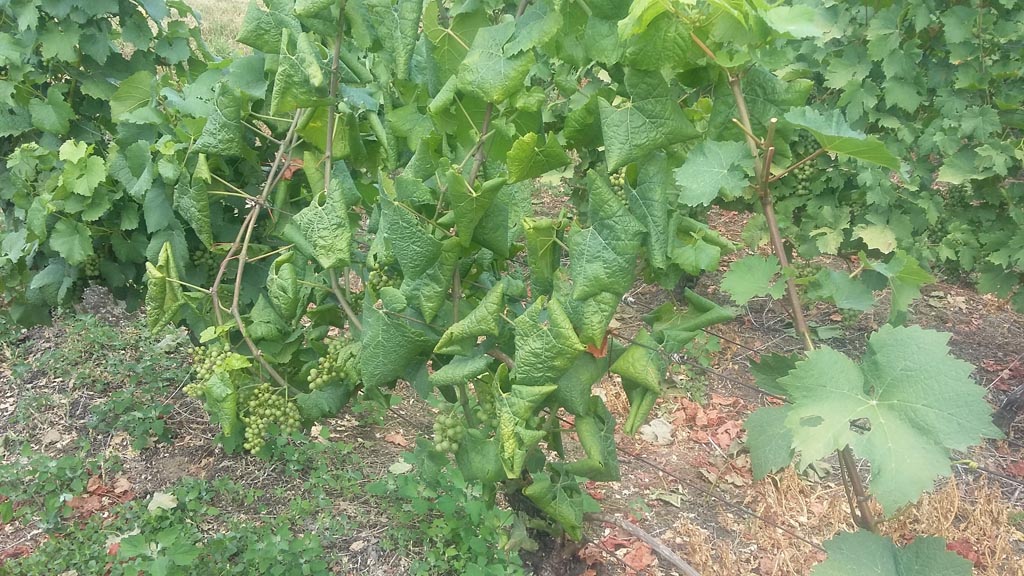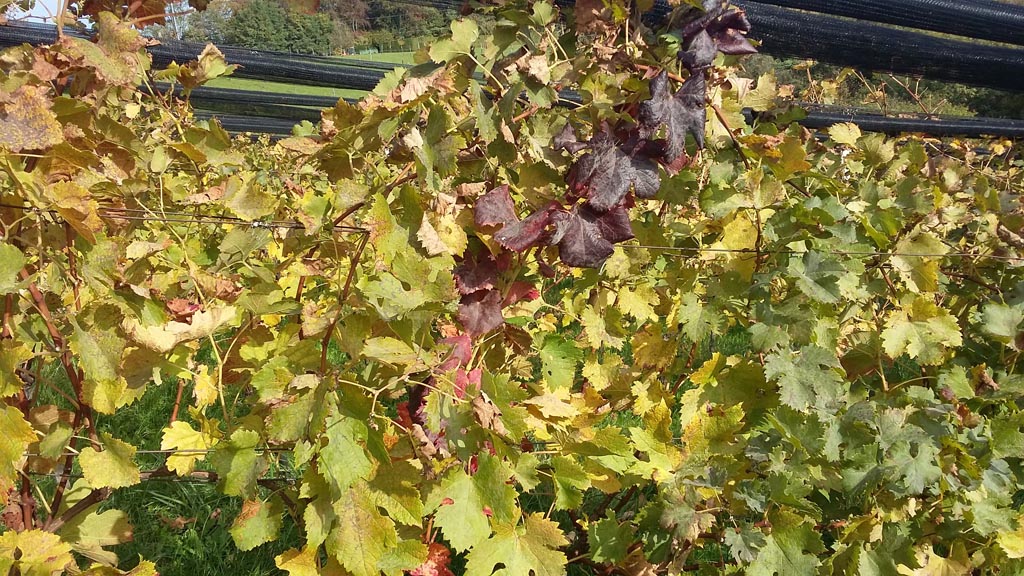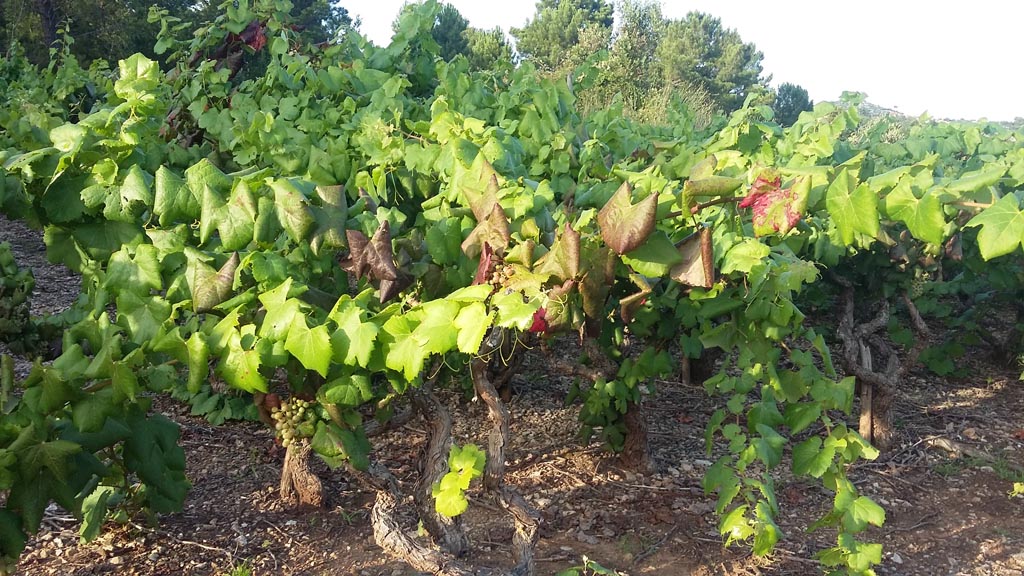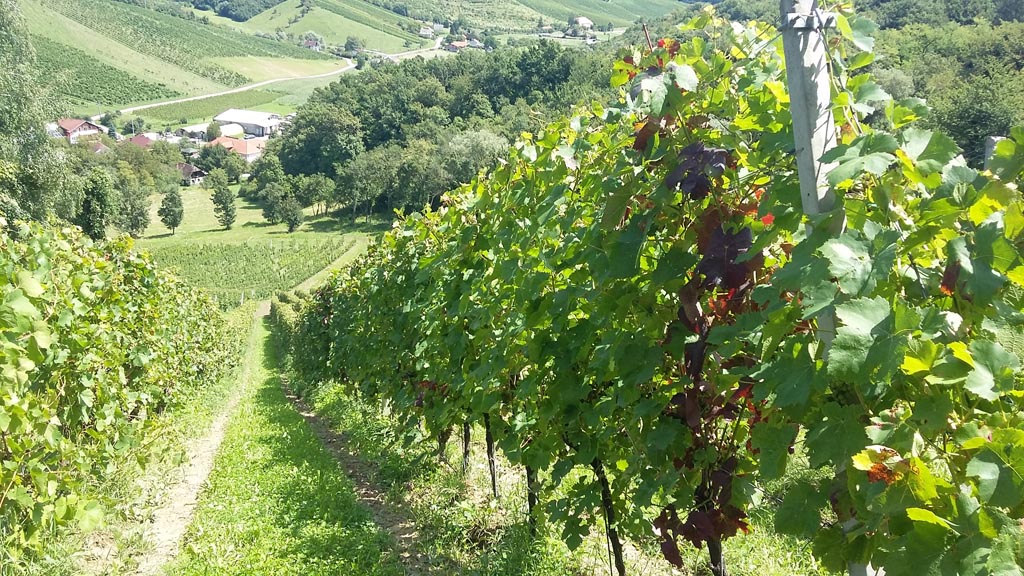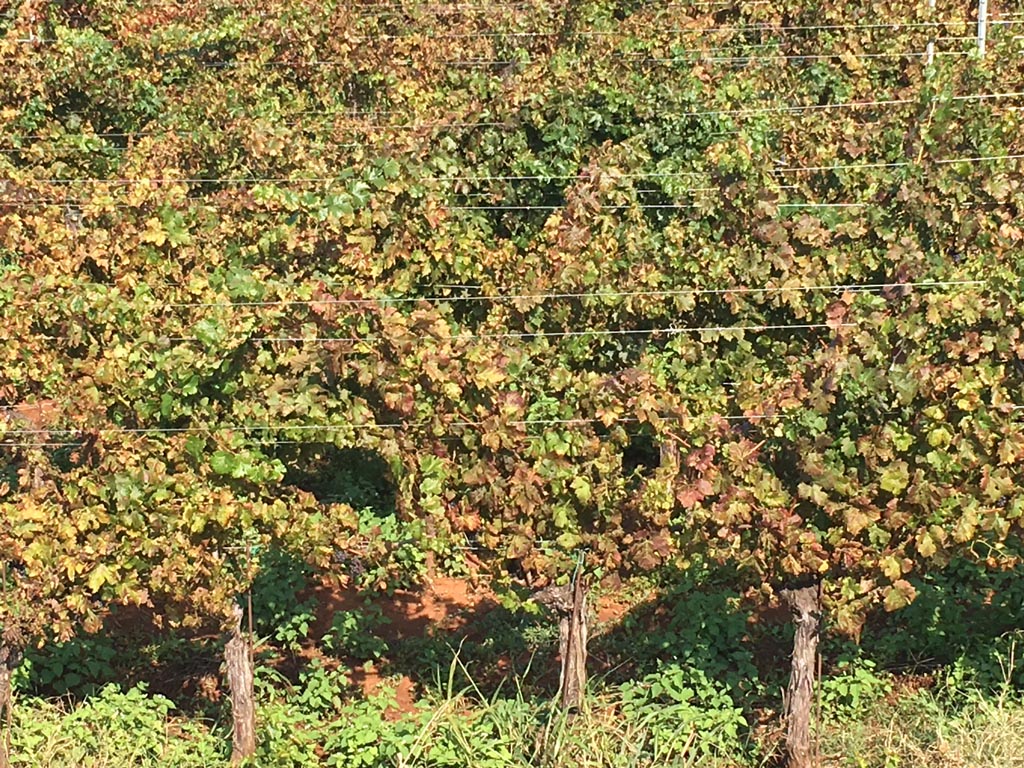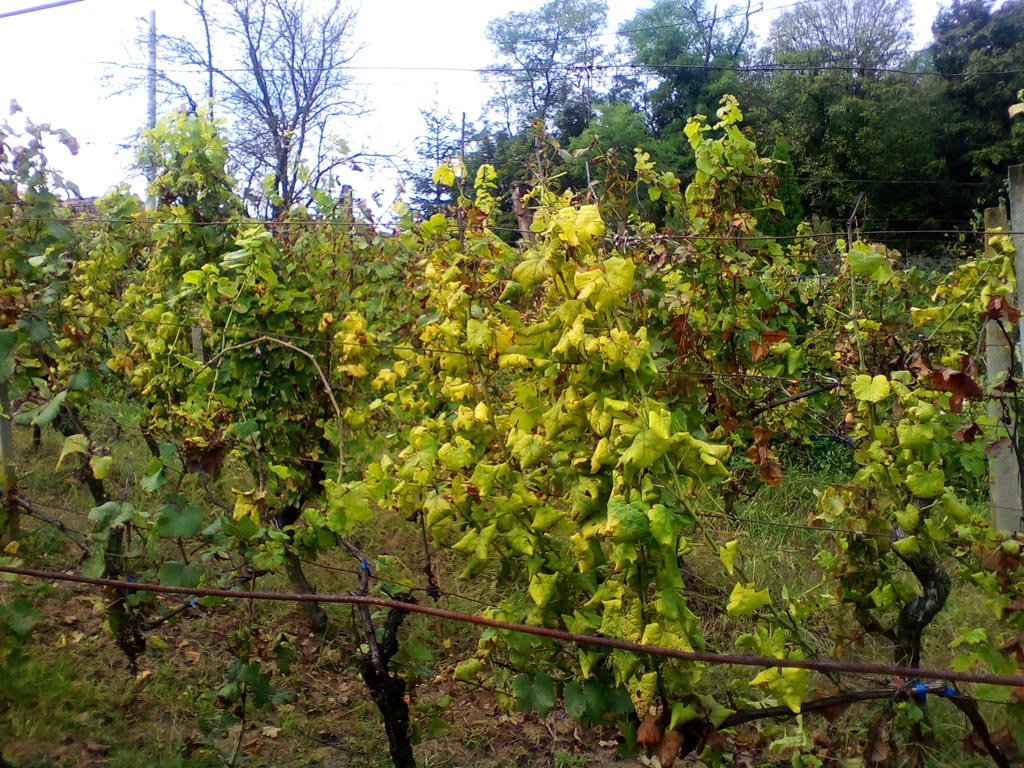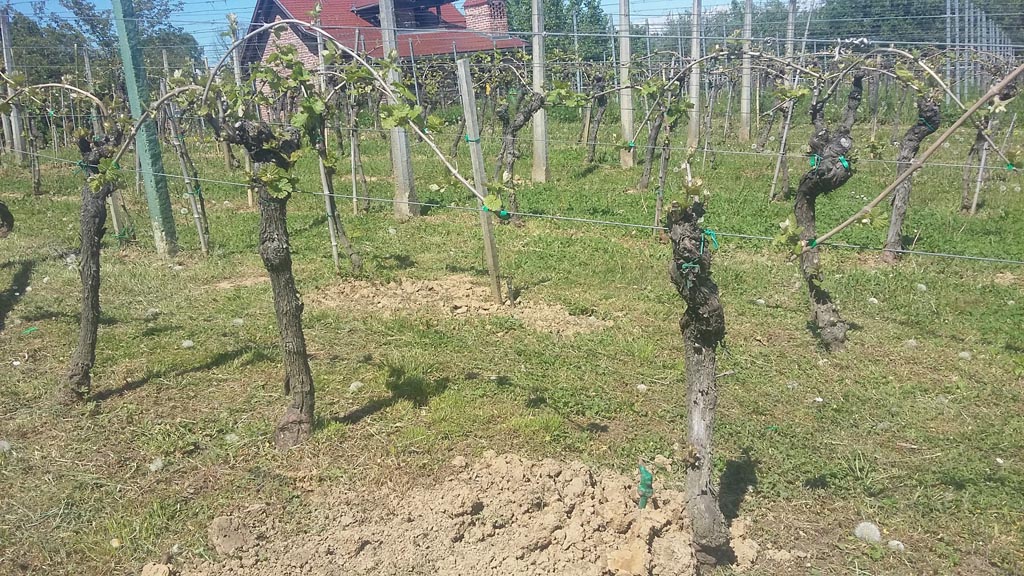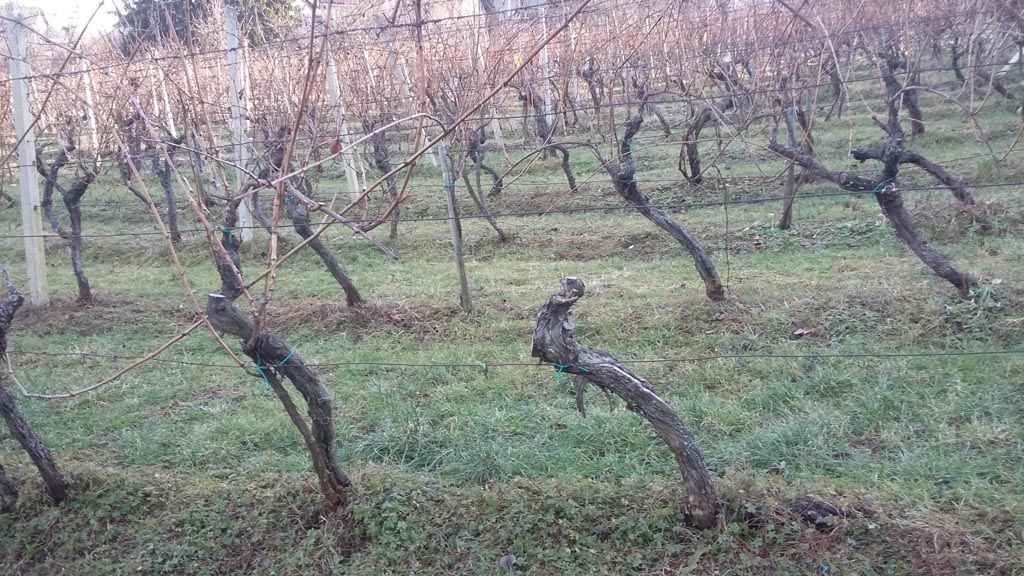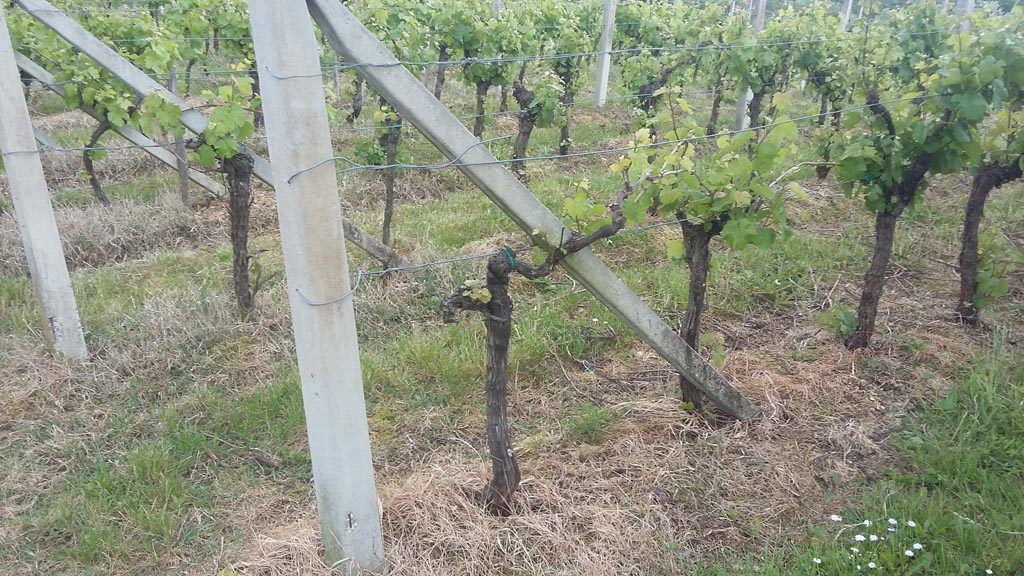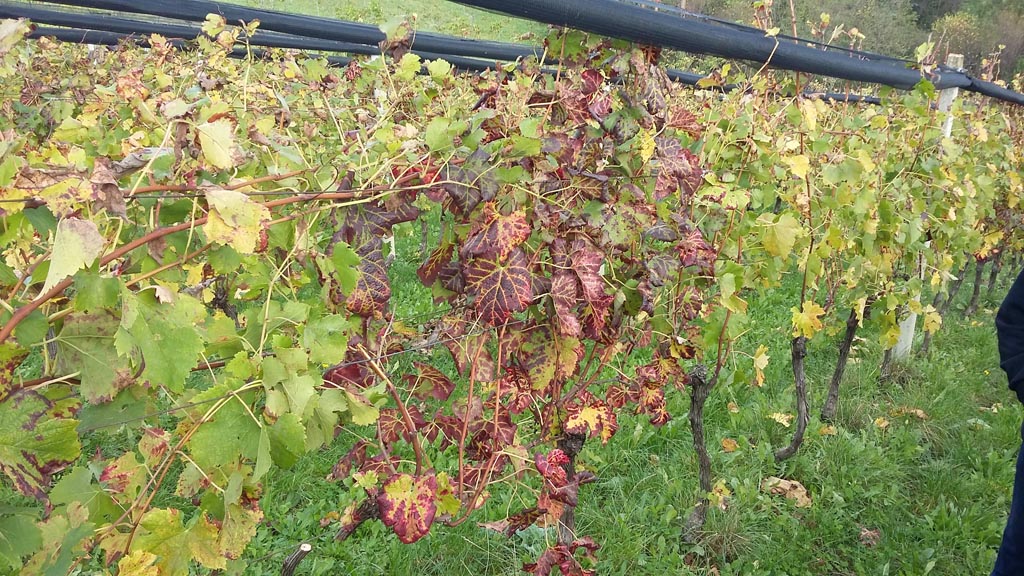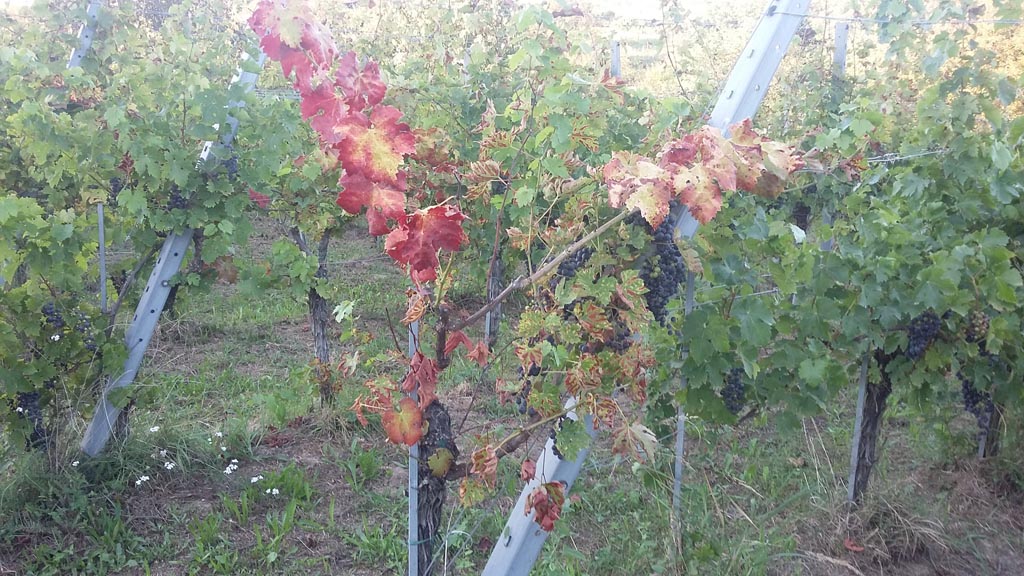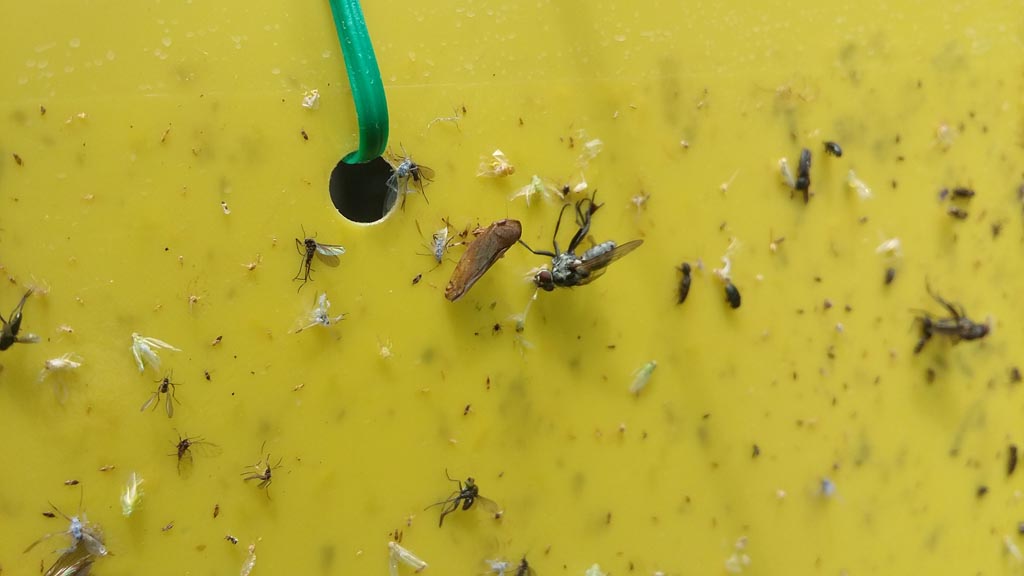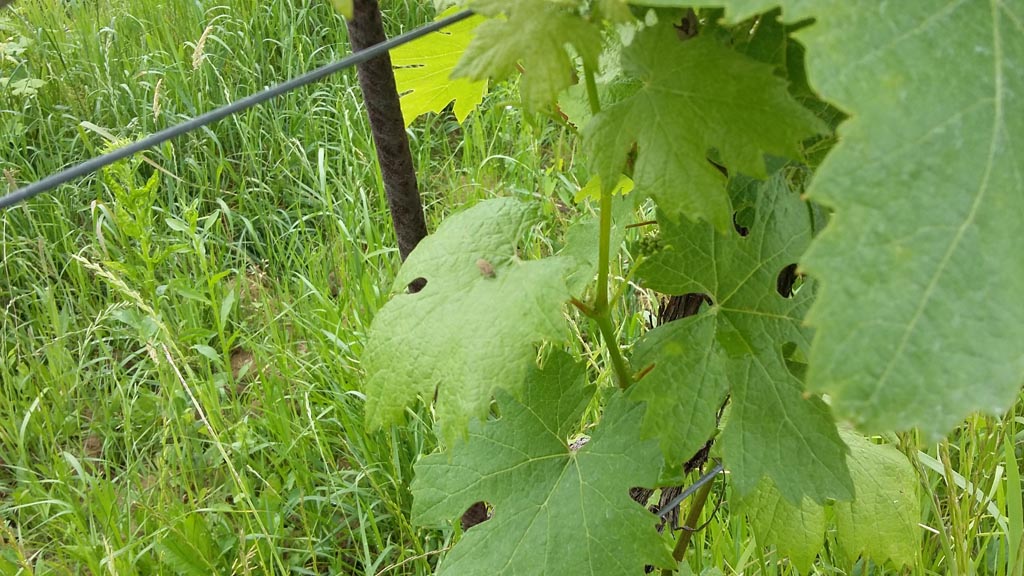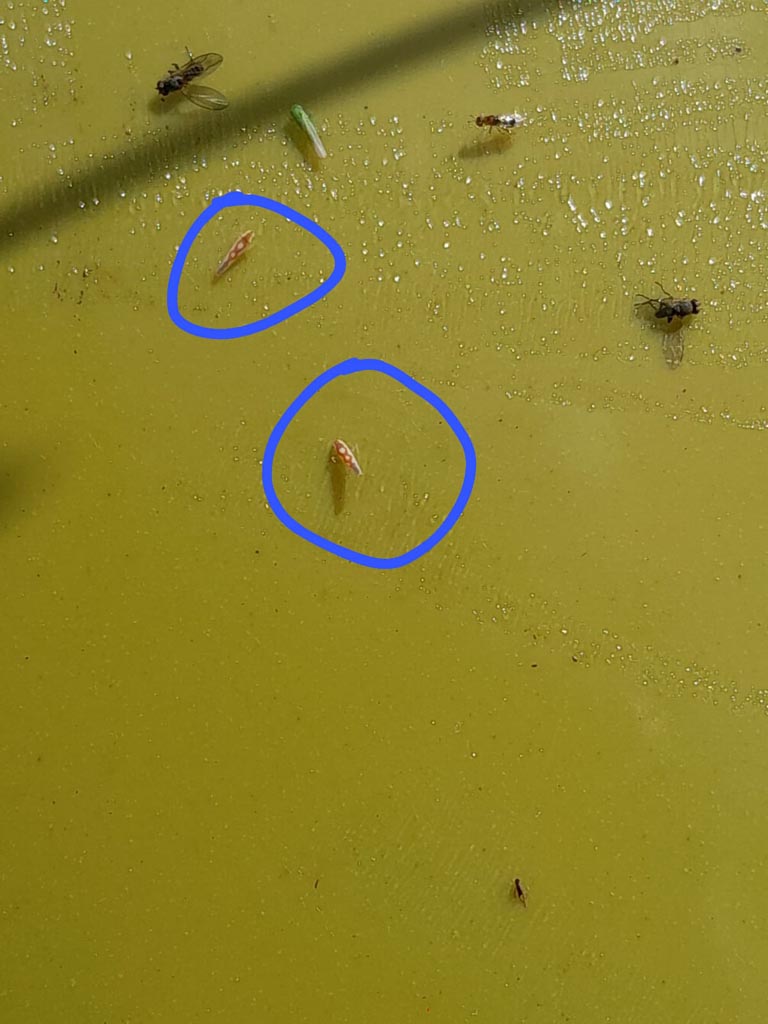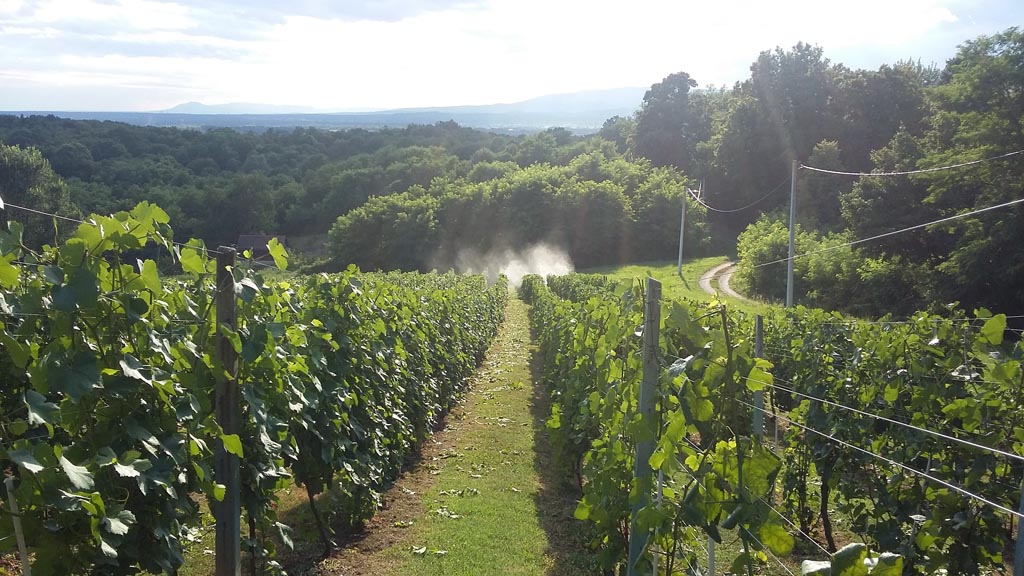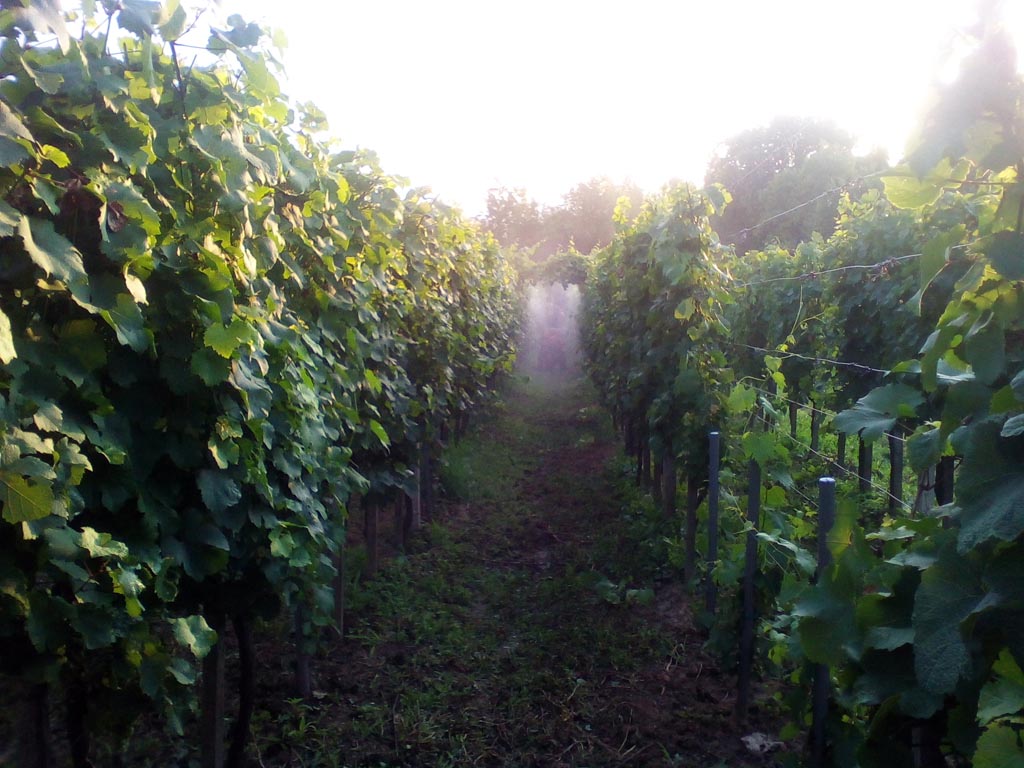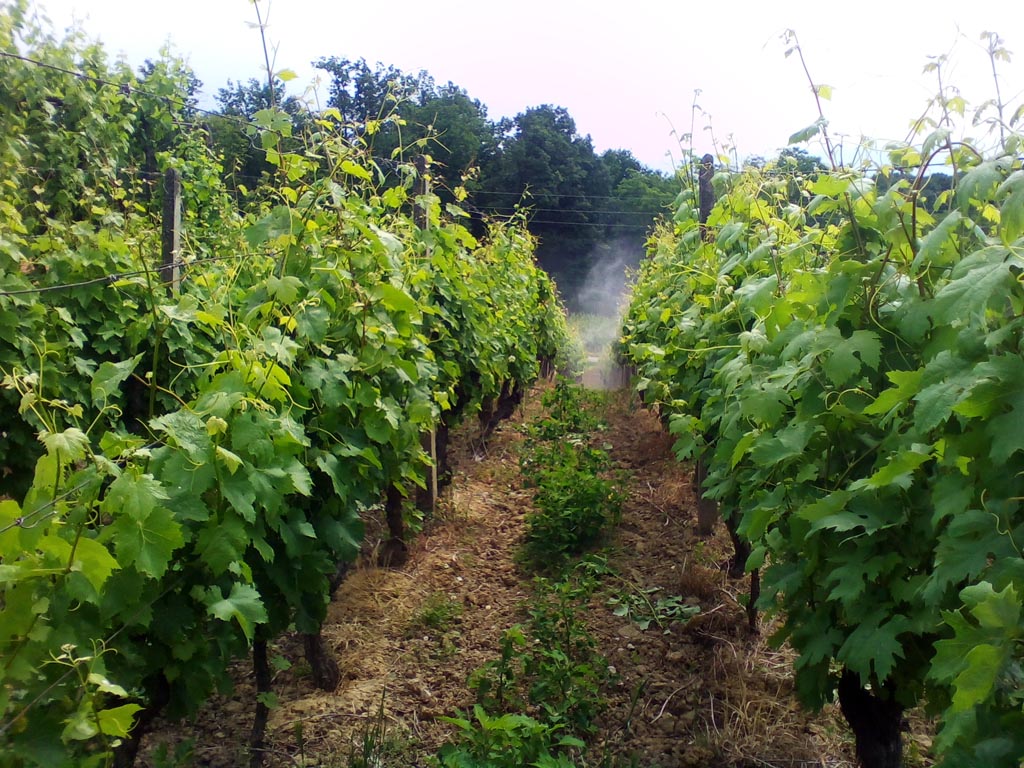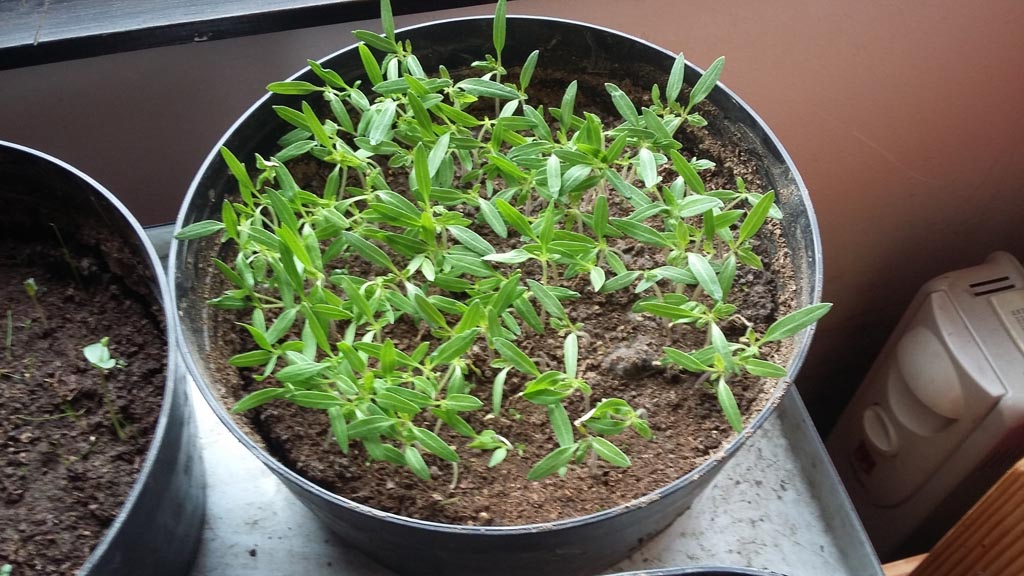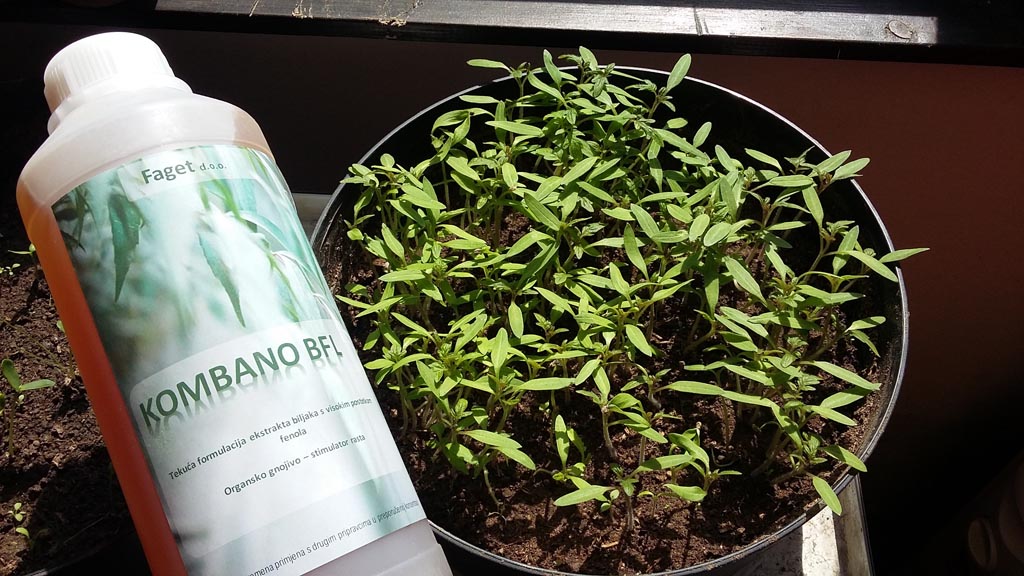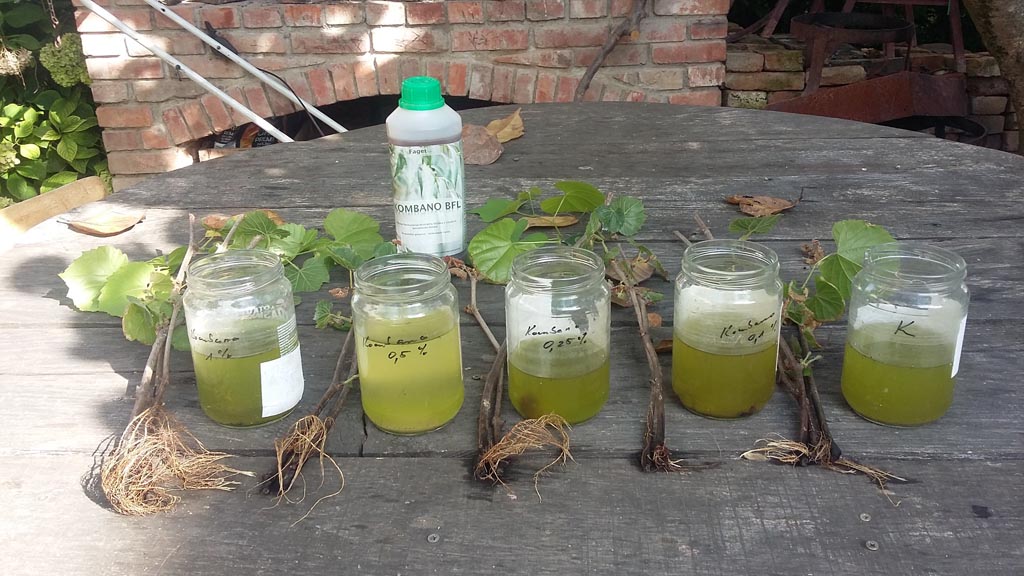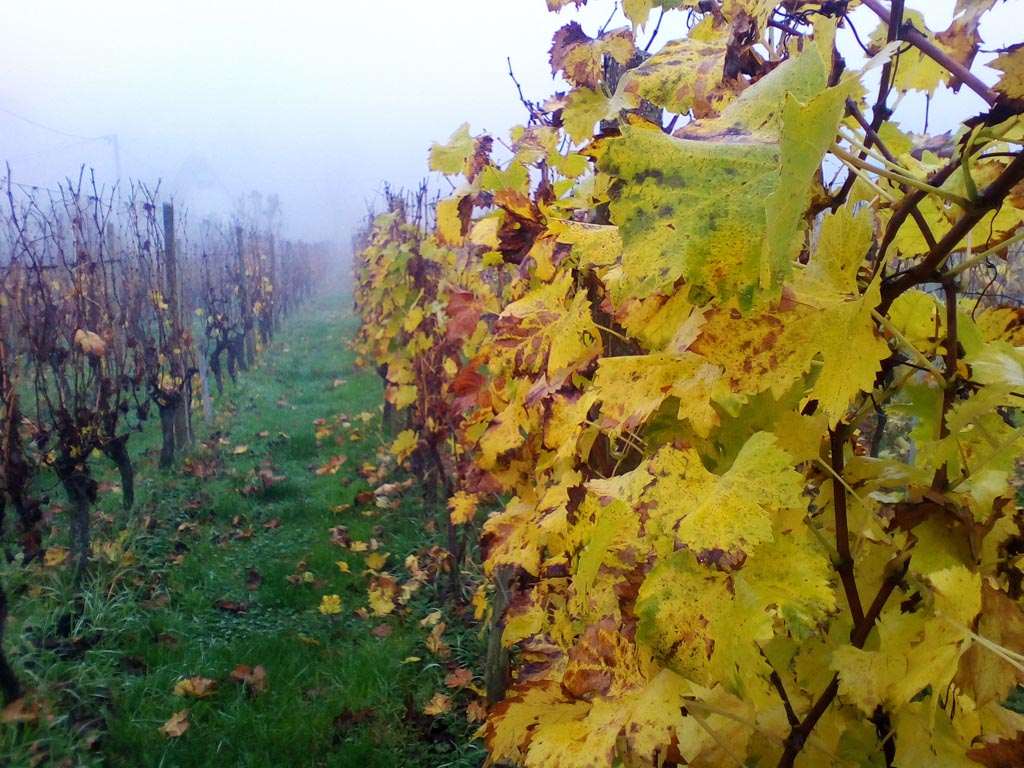SAVJETODAVNI RAD U BILjNOJ PROIZVODNJI
Faget d.o.o. Agro consulting
Faget d.o.o. is a private consulting company dedicated to combating GTD (Grapevine Trunk Diseases) including Esca, Eutipa and Phytoplasma.
Through over 8000 demonstrative experiments conducted between 2017 – 2021, we have demonstrated that it is possible to reduce GTD and maintain grape production significantly.
We developed Inhibo HBF herbal paste as the best solution in that period.
Phytoplasma, Bacteria
Phytoplasma - suppression and prevention of spread
Pathogen: Bacteria, Mollicutes.
Vector: Leafhopper and possibly other insects
The time of Phytoplasma infection is related to the appearance of the carrier when the temperatures are sufficient for its activity. Infected plants not removed from the vineyard last year are a source of infection even before symptoms appear. The biggest problem is partially infected plants, which have a shoot on one side of the plant and which the winegrowers leave during pruning.
To reduce the spread, all the recommended measures must be carried out. In addition to mandatory vector control, it is necessary to use compounds with bactericidal and virucidal effects or increase the plant’s immunity: phenols, plant phenols, flavonoids, plant enhancers… The goal is the direct prevention of phytoplasma.
It is illusory to expect that insecticides can effectively control the last stage of the larva and imago of the vector because of their timidity and exceptional mobility.
Regardless of the rapid flow of information and developed chemistry and biology, GTD diseases destroy our vineyards as Phylloxera did a hundred years ago. Something is not right.
In experiments 2017 – 2021, we concluded that it is possible to reduce the number of infected vines, prevent infection of the whole plant, and cure certain vines. We monitored the appearance of the vector on the yellow sticky panels, the appearance of symptoms in the canopy, and the movement of the disease on the cross-section of the vines.
In addition to the standard symptoms, infection is possible only on one branch or part of the vine, appearance of classic symptoms only on one shoot, the appearance of mottling of leaves on one or two shoots. Such vines can be cured by cutting and coating the fresh cut with INHIBO HBF paste. More and more vines were found with symptoms of Eska and Phytoplasma simultaneously on one vine.
Most such vines cannot be cured.
Simplified about the beginning of the infection, the appearance of symptoms and the movement of Phytoplasma in the vine
By cutting over 1000 infected vines over 5 years, we concluded that the symptoms we see on the whole plant from June to August mostly result from infection from last or the year before, because the vine was not removed from the vineyard. We often see symptoms only on one side of the vine, which is also the result of an infection from previous season. Symptoms that we see only on one shoot are mostly the result of infection from the same year, infections in May and the appearance of symptoms in September.
The movement of Phytoplasma is largely coordinated with the movement of juices in the plant. At the beginning, it remains in the first infected shoot and gradually descends towards the two-year shoots (canes and spurs). After that comes the head of the vine. Before harvesting, the plant directs the juices towards the bunch (the seeds are its children) and also the phytoplasma. After harvesting, the plant prepares for rest and directs the juices to the ground parts and shoots. Depending on the climatic conditions, the plant can be active for two or three months after harvesting, with a slightly reduced flow of juices. In November, the plant ceases its most important functions and the flow of juices almost stops (the plant does not have its own constant temperature, nor do the pests). In the spring, the plant's activity starts again and the phytoplasma continues its descent towards the roots (phloem). So, in the year after the appearance of the first symptoms, it is still possible to save the largest number of the vines. If we see the first symptoms on a shoot close to the ground, such a vine cannot be cured.
Phytoplasmas – improvements in control
In addition to all recommended measures, it is necessary to:
- Vines showing symptoms should be immediately cut 20 to 40 cm above the ground (June, July and August). This is how we remove the source of phytoplasma in the vineyard. All plants that do not show symptoms at the cut site, can be cured by thinly coating the fresh
cut with INHIBO HBF paste. Very simply and cheaply, we preserve the vine and grape production. Vines showing symptoms should be dug up and organic fertilizer with live microorganisms should be applied to that place. - Place yellow sticky panels on time to control the appearance of vectors. Install new panels two days after treating with insecticide. This is how we roughly find out the effectiveness of the treatment.
- Suppression should be carried out as soon as we see the vector on the yellow plates. If necessary, apply the insecticide independently between two regular treatments against the disease.
- Suppression of first, second and third stage larvae gives a much better result because they are less mobile and the temperatures are then much lower, especially at night and in the morning. Insects do not have their own constant temperature and their activity depends on
the temperature of the environment. Larvae of the last stage and imago are extremely timid and mobile and it will be very difficult for us to have a satisfactory effectiveness of insecticide application. The sound of tractor engines and atomizers will frighten the vector, which can fly several hundred meters away. At the very appearance of a man, the vector will disappear from view, which we saw in the attempt to take photos. - Cutting the reproductive shoots – canes, one month after harvest prevents the disease from spreading to the old part of the vine.
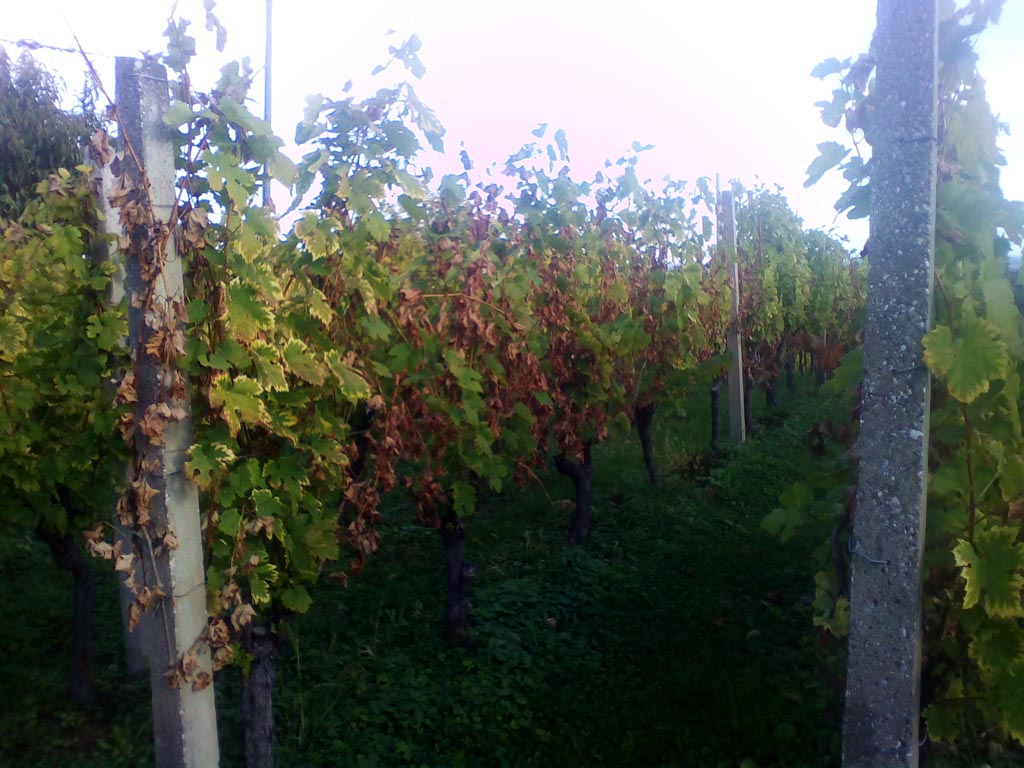
- Apply plant phenols and other compounds that have bactericidal and virucidal effects 3 – 4 times during the growing season.
- Insecticides and plant phenols (Kombano BFL) should be applied in such a way as to achieve the highest Effective dose.
- Additional treatment of young vines with insecticide and plant phenols prevents infection, especially if they are planted in an old vineyard.
- Organize that all winegrowers of an area carry out all measures in a timely manner, especially the removal or treatment of infected vines and the application of insecticides
The Effective dose is the amount of spray that remains in the canopy after treatment. It is extremely important for the application of insecticides and plant phenols. If 50% or more of the insecticide spray falls on the ground, the effectiveness is extremely low. The air current will carry the vector to the ground, vector will return to the vine, but the insecticide will not. Phytoplasma as a bacterium does not have spores, only exudate and if we apply plant phenols or other compounds, 70-80% of the spray must remain in the canopy of the first row. Otherwise, we protect the grass from disease.
The effective dose can roughly be determined visually. Another more accurate way is by measuring the drops that fall on the ground – ground deposition. After that, it is often necessary to make changes in the application. In one example, we just replaced the nozzles, so we installed nozzles with a flow rate 0,6 L/m. Thus, we reduced the quantity of spray to 260 l / ha. We did not change all other parameters: movement speed, pressure, fan power… In this way, we increased the effective dose by 30% and reduced the treatment time by 40%. Electrostatic Sprayers, Recycling Sprayers significantly increase the effective dose.
Bad application examples:
Improved application:
Plant phenols
One of the biggest problems in protecting the vine is the fact that the plant cannot last a single day without chemical agents. With classic plant protection, we made plants chemical addicts. Such a plant probably does not create enough compounds that are defense mechanisms – immunity.
Plant phenols are listed in professional literature as compounds that have bactericidal, virucidal and fungicidal effects. They also play a significant role in the natural immunity of the plant.
Kombano BFL is a concentrated plant extract with a high phenolic content.
Contents: plant phenols, salicylic acid, rooting hormone (willow bark)
Kombano BFL alone can control plant diseases, but does not provide long-term protection.
Therefore, we use it as an addition to other preparations. Phenols are chemically most similar to alcohols and there is no problem with simultaneous application – mixing.
Foliar application in all cultures. 1 L / 100 L or 3-4 L/ha, maximum of 4 treatments per year.
Fertigation after planting in the field: vegetables 15 – 20 L/ha, vines and fruit trees 20 – 30 L/ha
We especially recommend the use in the production of vine grafts with the aim of better rooting and protection against Phytoplasma and possibly Esca and Eutypa.
The experimental vineyard, which we do not treat with chemical agents, shows significant changes in natural resistance after four years. By applying Kombano BFL after grape harvest, the plant is visibly more resistant to low temperatures.

